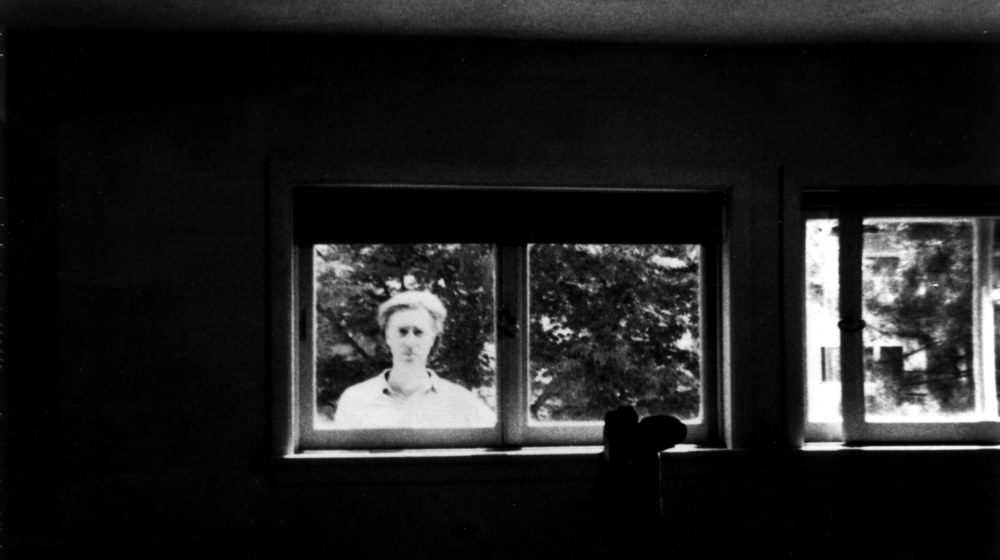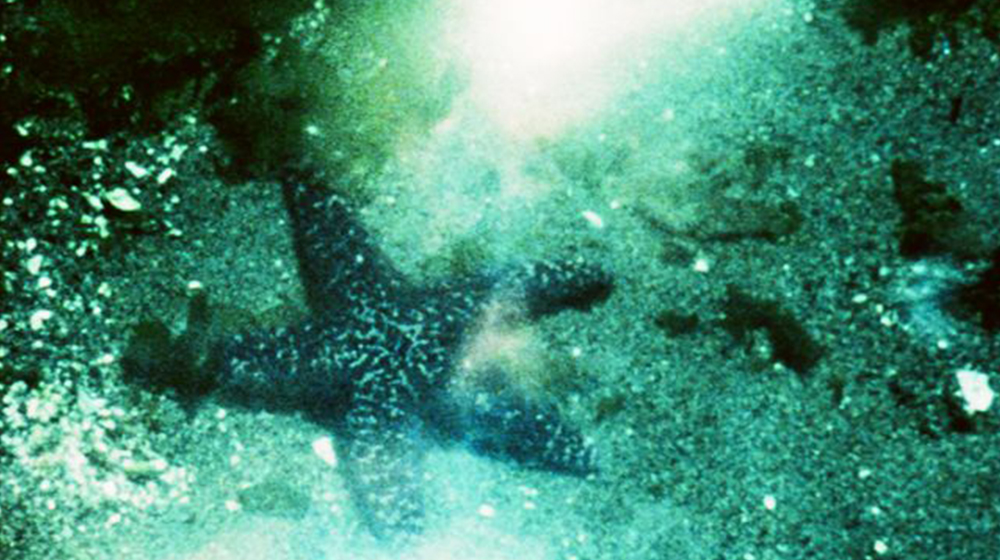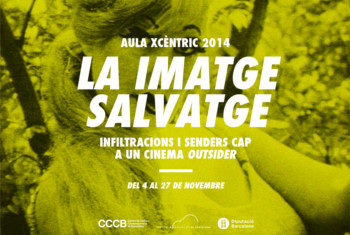What has George Dunning (director of Yellow Submarine) to do with the structural cinema of Michael Snow? And the comedies of Tati with the dramas and tragedies of Bresson? There are invisible threads and unobvious relationships which connect everything which might seem divided or radically different. This relationship might be the result of influence or coincidence, or both things at the same time. Ozu’s Cilla Marr is present in that of Aki Kaurismäki and Chantal Akerman, just as The River de Renoir and Rumer Godden is present in El sur d’Erice. Michael Snow is a multidisciplinary artist, but will possibly go down in the history of arts for his contribution to cinema: La Région centrale, Wavelength, Back and Forth. Well, Snow recognises that if he had not worked for Dunning, he would not later have been involved in cinema creation as he was. Tati and Bresson, for their part, coincide on the fact that they are the first examples of a true sound narrative cinema, capable of composing and expressing themselves through the sound of reality. The cinema teaches one to listen to the world, it is an antidote to the easy, exaggerated exploitation of music in the cinema, offensive for its obviousness, and therefore their view is essential for any spectator who someday wishes to be a cinema author. It is precisely this that I am or will be talking about: spectators who could be authors, the transmission of cinema knowledge and the fact that there are contexts which enable (or hinder) the giving and taking of creative takeover.
At the round table started by the present season of Xcèntric, José Luis Guerín said that he considered himself more a cinema spectator than a cinema director, and that being a director was a consequence of being a spectator. I would add that there are no good writers who have not been good readers. I do not know whether we are aware that the cultural context can be very decisive in the appearance or non-appearance of a certain unconventional cinema, which might be experimental, documentary or avant-garde. At the same round table, I remember that in 1976, when it was my generation’s turn to learn to make films, the only thing like a cinema school in Barcelona was the program of the film library (Filmoteca). Here we learnt, and it was a meeting place for those who later made cinema, video and even a whole avant-garde television which now seems impossible. The rise of experimental cinema in Barcelona between 1975 and 1980 (with the authors such as Eugeni Bonet, Manuel Huerga, Eugènia Balcells, etc.) cannot be understood without the succulent sessions of the film library and also the American and German institutes. Xcèntric (and to a lesser extent, the MACBA) is playing a similar role in these years of the 21st century, and is also a meeting point for authors of different generations, which have already become artistic and technical collaborations.
In my case, it was as clear as that: I did not fancy filming in the 90s. I took photos, but didn’t do cinema. At that time there was no place for experimental cinema, there was no audience or atmosphere or anything. But when I saw some marvels by Brakhage, Sharits and others once more in Xcèntric, a strong desire to film again came over me, and I did so: hours of experimental cinema since 2001. I believe that what happened to me could happen to others. Seeing good cinema stimulates the desire to make good cinema. It is difficult to watch Walden by Jonas Mekas or Man with a movie camera by Dziga Vertov and not set about filming enthusiastically.
Juan Bufill


